Imin Yeh Interviews Johanna Poethig about Placesettings
Imin Yeh Johanna Poethig2011 Interview 14 minutes Courtesy of the author.
contributor
XImin Yeh
IMIN YEH received a B.A.in Art History with Asian Option from the University of Wisconsin-Madison (2005) and an M.F.A. from California College of the Arts (2009). She creates sculptures, installations, downloadable crafts, and participatory artist-led projects. Recent projects include a 2012 commission from the San Jose Museum of Art and a year-long parasitic contemporary art space called SpaceBi that takes place in the Asian Art Museum. She has exhibited at the Asian Art Museum, Zero1 Biennial, Yerba Buena Center for the Arts, Meridian Gallery, Kearny Street Workshop, San Francisco Arts Commission Gallery, Intersection for the Arts, Pro Arts Gallery, Mission Cultural Center, and Southern Exposure. She has been invited to be an Artist in Residence at Montalvo Art Center in Saratoga, CA (2010), Blue Mountain Center in New York (2011), and Sandarbh Artist Workshop in Partapur, India (2013), and Recology San Francisco (2014). She has received an Individual Artist Grant from the San Francisco Arts Commission (2011), Murphy and Cadogan Fellowship (2008), and the Barclay Simpson Award (2009). She was recently awarded a 2014-2016 Eureka Fellowship through the Fleishhacker Foundation and is an adjunct lecturer at San Jose State University.
Imin Yeh is an interdisciplinary project-based artist, working in sculpture, installation, participatory events, and print. The projects are reactions to the systems surrounding how objects are made and how objects are desired, valued, and consumed. The diversity of her practice is unified by a continual pushing at the boundaries of printmaking, a medium at the intersection of popular literacy, commercialism, and social engagement. This process-based medium and its potential for multiples reflects the inherent relationship between process and product, a laying bare of the labor involved that echoes the contemporary necessity for efficiency, production, and profit. Copying the very aesthetic and process that is ubiquitous in the mass-production of commercial industry, the projects blur the lines between imaginary and “real” businesses, people, and/or products. Through humor, satire, and participation, the projects try to implicate the viewer into more critical dialogue about the invisible labor and the stories behind the objects we consume.
SpaceBi unofficially occupied the Asian Art Museum as a studio for developing new work from August 2011-August 2012. Access to the museum was through a “buying-in” process; I procured a high-level membership, institutionally referred to as the “Jade Circle,” and gained the ability to invite three guests to enjoy the use of a private room and garden in a public institution. For one year, I manipulated this privilege to exhibit contemporary creative and critical projects that hoped to be a forum for alternative programming and dialogue, re-imagining the use of this public space and collection and forging new connections between inherited cultural objects and creative practices today.
contributor
XJohanna Poethig
Johanna Poethig’s work crosses public and private realms. She studied at Jose Abad Santos Memorial City (JASMS) in Quezon City; the University of California, Santa Cruz; and got her M.F.A. at Mills College. She has exhibited her paintings, sculpture, public art works, murals, installations and video internationally. Poethig works with other artists, architects, planners, curators and communities on social and artistic interventions in our shared spaces. She produces and participates in performance events that mix feminism, global politics, cabaret, experimental music and video. Poethig is a professor at the Visual and Public Art department at California State University, Monterey Bay. She grew up in the Philippines and lives in Oakland, California.
Filipino food is my soul food. That is what I grew up eating. Every meal ends in my fingers. I grew up in Malate, downtown Manila, under the acacia tree that still stands. The year was divided up first into seasons of fruit and secondly into dry and rainy days. Mango season, santol season, sineguelas, lanzones, kamias, and the year-round papaya and bananas dipped in oil and brown sugar and barbequed. Mango season meant green mangos, crisp, white, sour and cut up in the latest fashion. I will not lie and say I eat balot. But I love pancit bihon, lumpia, sinigang and squid in ink and all things with patis, sour, soy sauce, vinegary and drenched in calamansi. As I designed the mural for the new I-Hotel, I read the poems by Al Robles and his times with the Manongs, eating, dancing, dreaming of lands I could also taste, smell and see. I had a vision of Placesetting. The tables of storytelling. A public art work for the personal everyday setting. The making of Placesetting was a labor of love. Researching and choosing the poems, the pictures and putting them together on the plates, bowls and mugs. Like eating, it was an everyday ritual and deeply satisfying.
Placesetting combines the utilitarian objects of a table setting with the art, necessity, emotion and politics of creating home and community. Finding housing and creating a place to call home is particularly relevant in our current economic crisis, but it is also a common thread through all human experience. This project is specific to this site and the Chinatown and Manilatown communities. San Francisco’s culture is rooted in the many different peoples who have made their homes here, and the history and struggle associated with the International Hotel (I-Hotel) is just one example of the many individual and collective struggles behind that effort to find a “setting” place – a home.
The Placesetting exhibit offers “souvenirs” to display or to use, as works of art, as remembrances or as objects of curiosity. Images from the Manilatown Heritage Foundation’s Archival Project; poems of Al Robles, Serafin Syquia, Nancy Hom, Genny Lim and Oscar Penaranda; saved newspaper articles lent by Mrs. Lee; objects from the Filipino and Chinese community; and imagery responding to the metaphors, myths and memories that resonate with the artist’s own experience growing up in the Philippines are fired onto bought and hand cast dinnerware. Digitally printed tablecloths, placemats and coasters are canvases for the installation.
As art or as utility, ceramics has built civilizations. They are the precious remains of archeological sites from which we piece together the past. They are the kitsch objects that line the shelves of the avid collector. They are the “revolutionary ceramics” of the Constructivists, feminist classics like Judy Chicago’s The Dinner Party and astounding public art of Antoni Gaudi in Barcelona. California has its own rich history in the development of ceramic arts and experiments in individual, public, community art and practices. Placesetting sets a table for this occasion, this place, this aesthetic of the home and the museum, for the everyday and for history.
location
X- Born: New Jersey, USA
- Based: Oakland, CA, USA
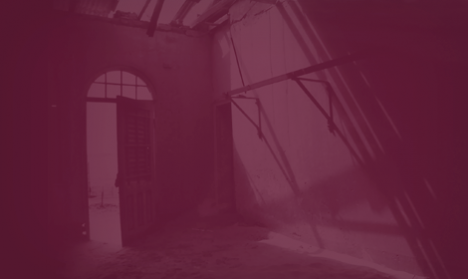

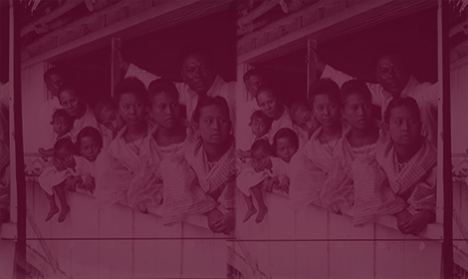



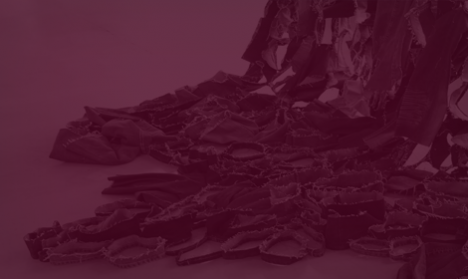
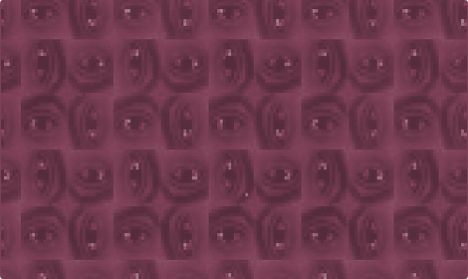

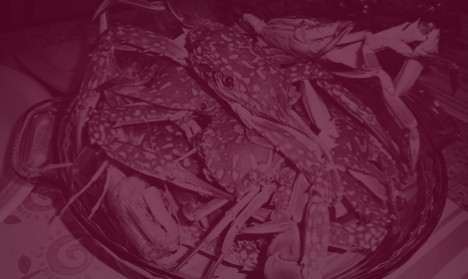




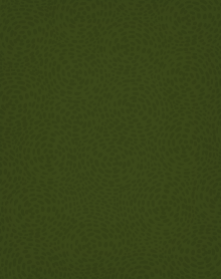














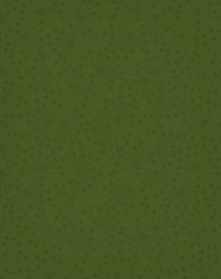
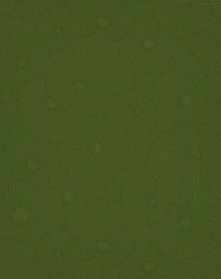


.jpg)
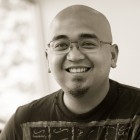
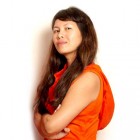


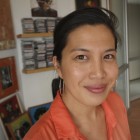

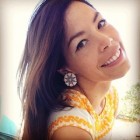

.jpg)
.jpg)
.jpg)

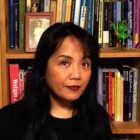

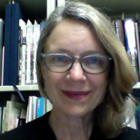
.jpg)



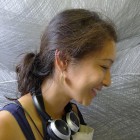

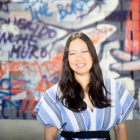
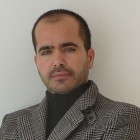
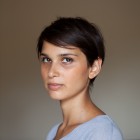
.jpg)

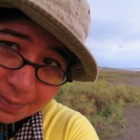
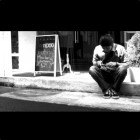
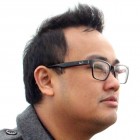
.jpg)


.jpg)
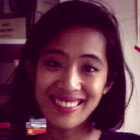
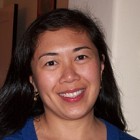
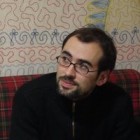
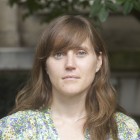
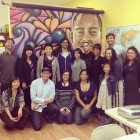

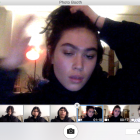
_Cropped.jpg)
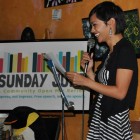
.jpg)
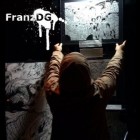


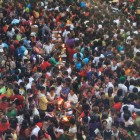

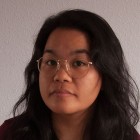

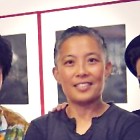
.jpg)
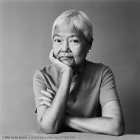
.jpg)


.jpg)
.jpg)
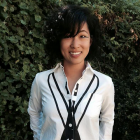


.jpg)
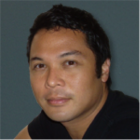

.jpg)




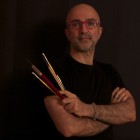

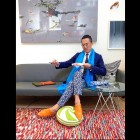
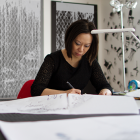
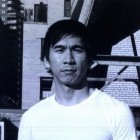

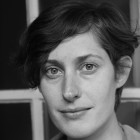
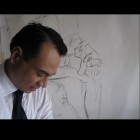
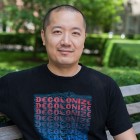
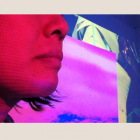
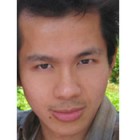
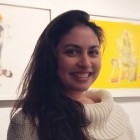
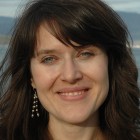
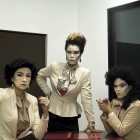
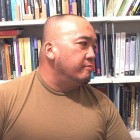
.jpg)
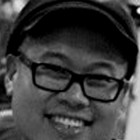



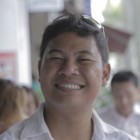


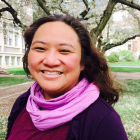
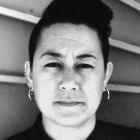



.png)
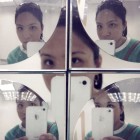

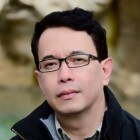
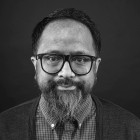

.jpg)

.jpg)
.jpg)




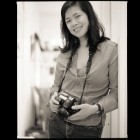
.jpg)
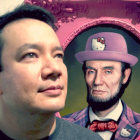
.jpg)
.jpg)

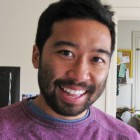

.jpg)
.jpg)
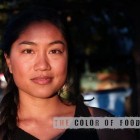

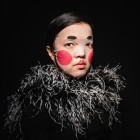
.jpg)
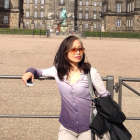
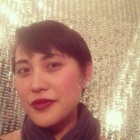

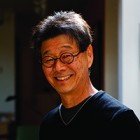

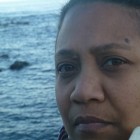
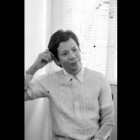
.jpg)

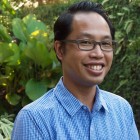
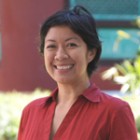

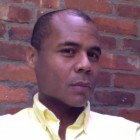


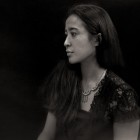

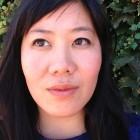

comments
X